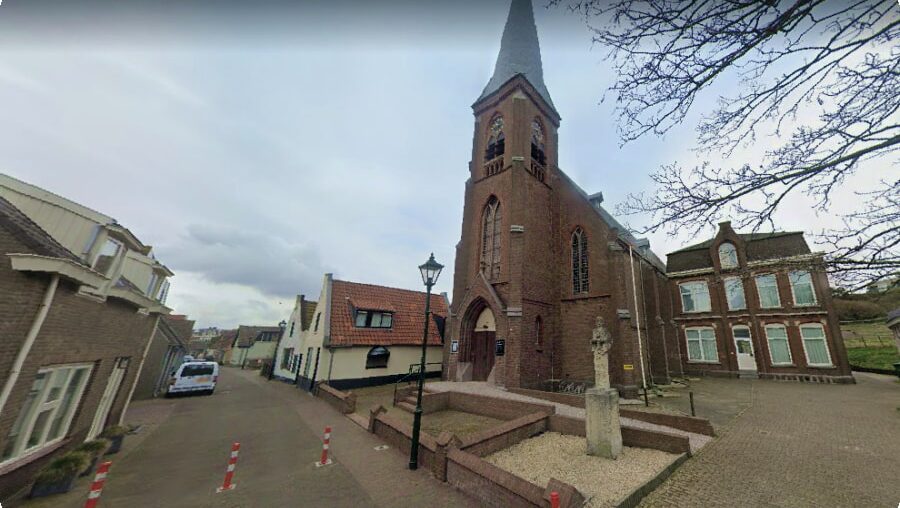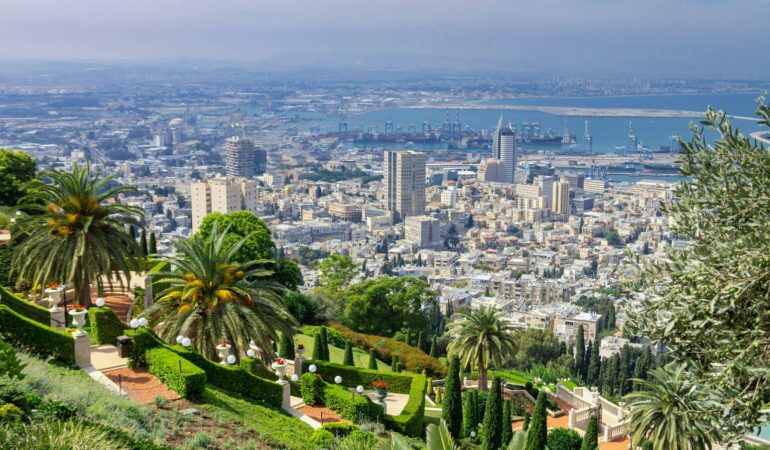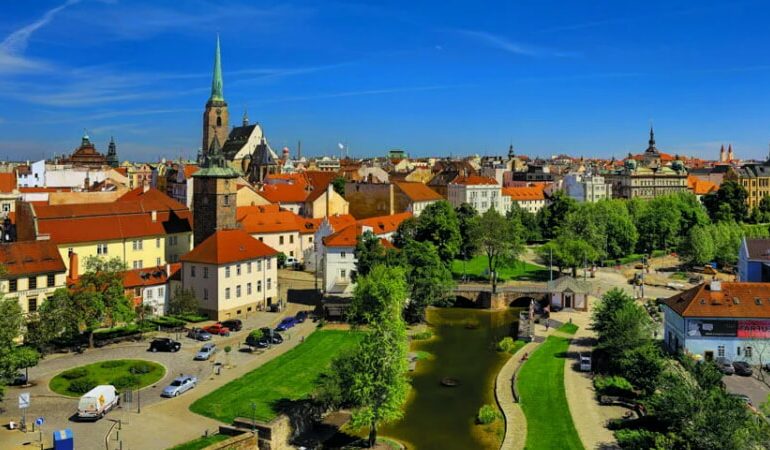The town of Wijk aan Zee, which is located in the province of North Holland, is more like a village, because there are only a little over two thousand inhabitants on its territory.
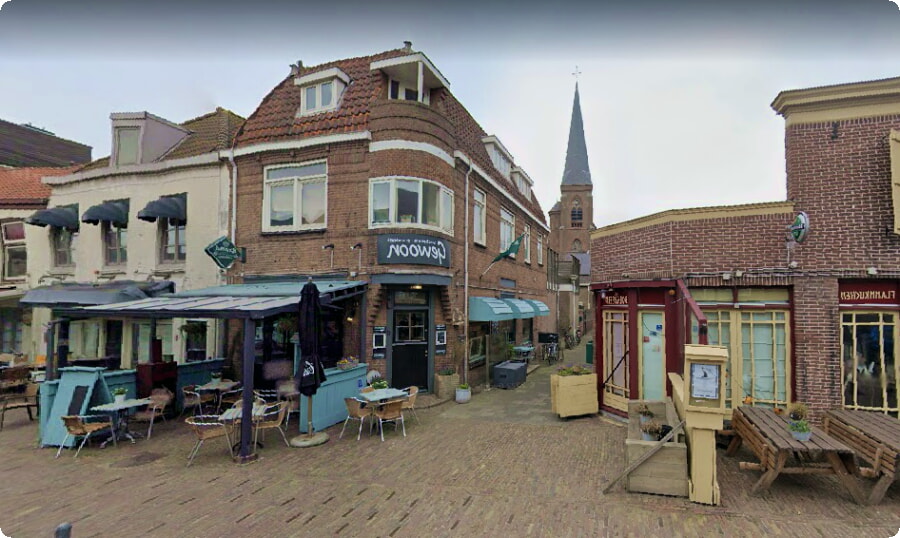
Needless to say, foreign tourists who come for sightseeing holidays in the Netherlands, prices for which have recently dropped significantly, are rare guests in these parts. In fact, like hundreds of years ago, Wijk aan Zee is still an ordinary fishing village in appearance, but this fishery is gradually fading from year to year.
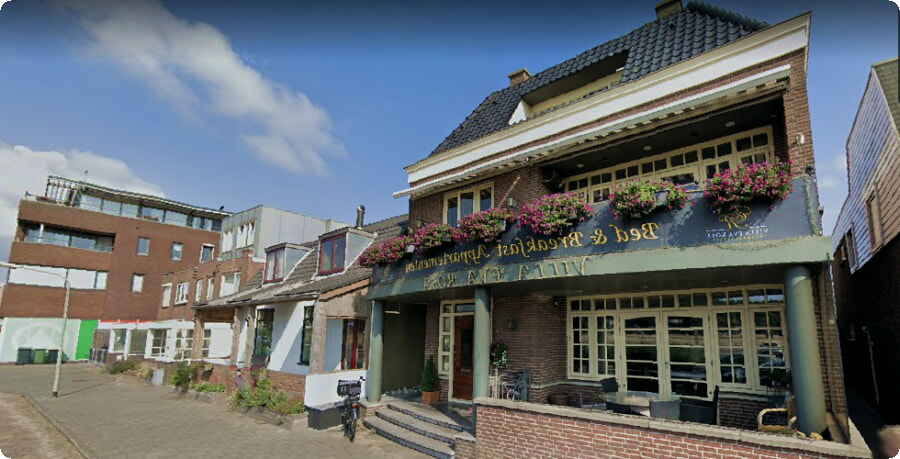
Due to the fact that the town to this day does not have its own port (the pier for large ships interferes), it loses significantly to its neighbors. Therefore, back in the 19th century, the inhabitants of Wijk aan Zee began to abandon fishing in favor of mastering other crafts.
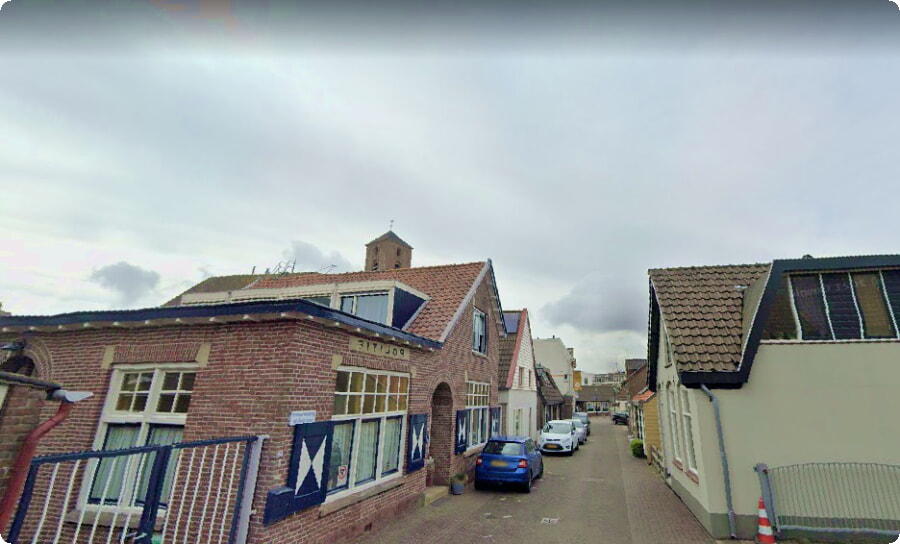
Moreover, in 1811 this seaside settlement was threatened with starvation, the great-grandfathers of the current townspeople were left without any means of subsistence. Some of them left their homes in search of a better life, while others survived at the expense of, albeit simple, but household plots and, again, thanks to fishing, but this time exclusively for their own subsistence.

The second wind near the town of Wijk aan Zee opened only in 1881, when the first vacationers reached its shores. At the same time, the first Badhotel was opened in these places, which laid the foundation for the development of the tourism industry in Wijk aan Zee. Since that moment, which became a turning point in the fate of the former fishing village, almost all of its inhabitants have been engaged in serving visitors. The largest number of tourists came from Amsterdam. They were placed in free rooms. But the fishing houses are cramped, so for the night the guests were provided with places in empty greenhouses.
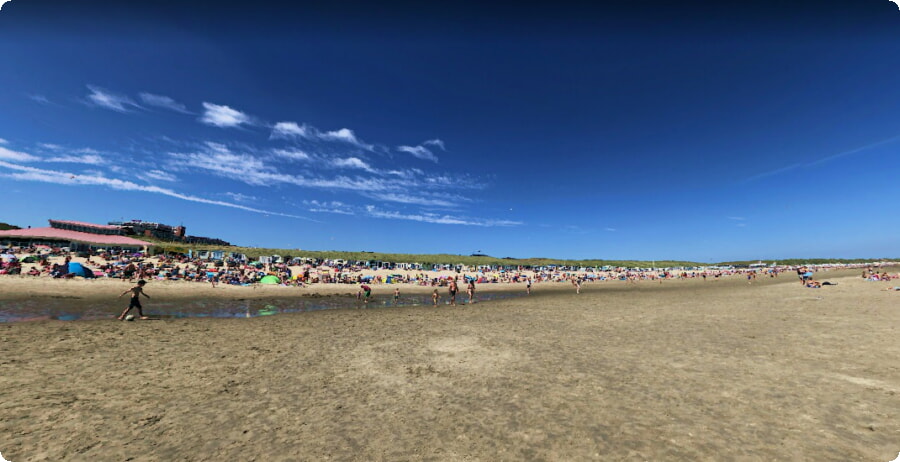
There was no end to those wishing to stay in Wijk aan Zee, and therefore the owners of the Badhotel were even forced to increase the territory belonging to it at the expense of the beach line. Wijk aan Zee is still famous for the widest and most well-kept beach in all of Holland.
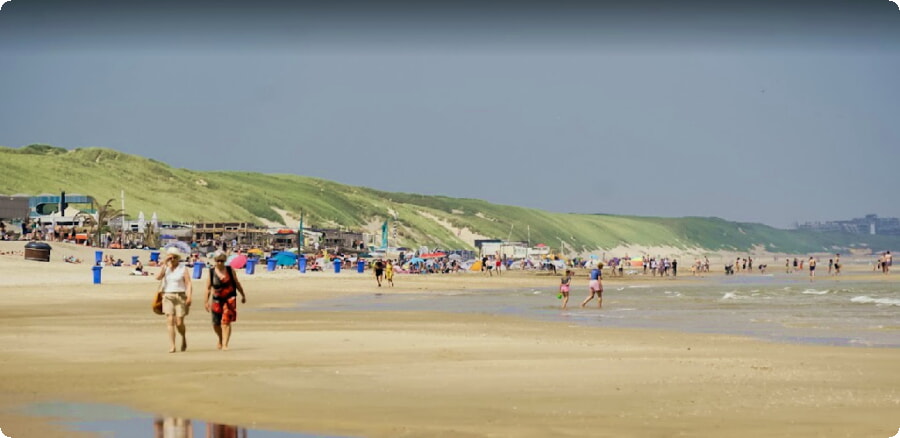
The huge number of bathers flocking to these parts in the middle of the 20th century is also evidenced by the fact that the local church could not accommodate even half of the parishioners. It is for this reason that since about mid-June, all Sunday services in Wijk aan Zee have been held outdoors.
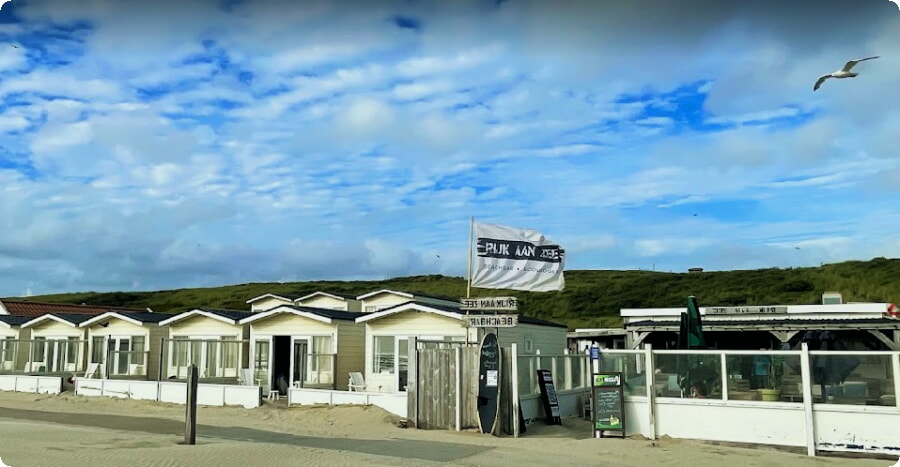
The well-being of the former fishing village, and now a fashionable summer resort, was shaken again during the Second World War. In November 1942, the inhabitants of Wijk aan Zee were evacuated to neighboring towns. Such measures were taken more than once, the village was empty in October 1943.
The attacks of the Nazis were repulsed, among other things, thanks to the local dunes, which surround Wijk aan Zee from three sides. Before leaving the city, the locals mined all the approaches to it, so the German soldiers simply did not dare to step on such unsteady and dangerous sands. Modern Wijk aan Zee, of course, has since changed beyond recognition. Its infrastructure today is by no means limited to a single hotel. The city is surrounded by youth campsites. Wijk aan Zee has six hotels, dozens of pubs and restaurants.
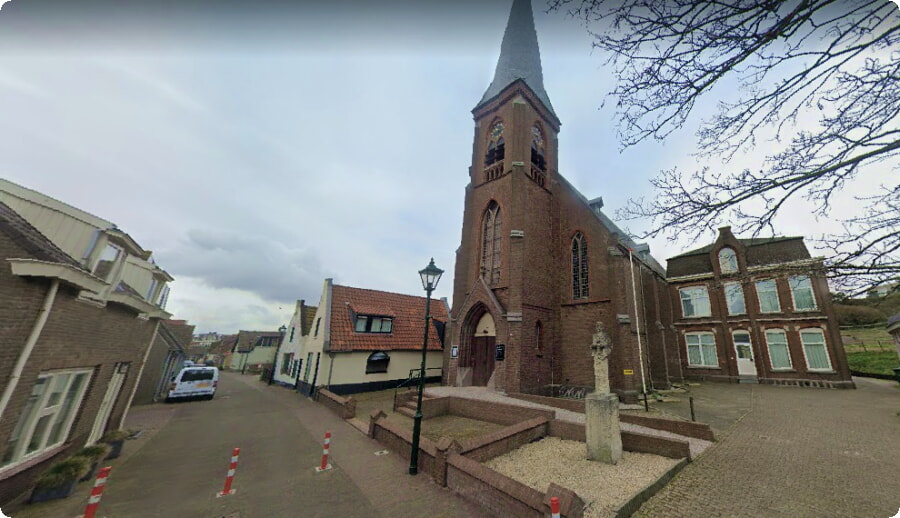
But the world fame of Wijk aan Zee was brought not at all by its picturesque beach, but by the chess tournament, which is held annually in the city. The main attraction of the settlement is the old church, whose age is a little less than six centuries. Its appearance is designed in the Gothic style characteristic of the first half of the 15th century. It was rebuilt more than once, resurrecting, as well as the whole town, from the ashes.

